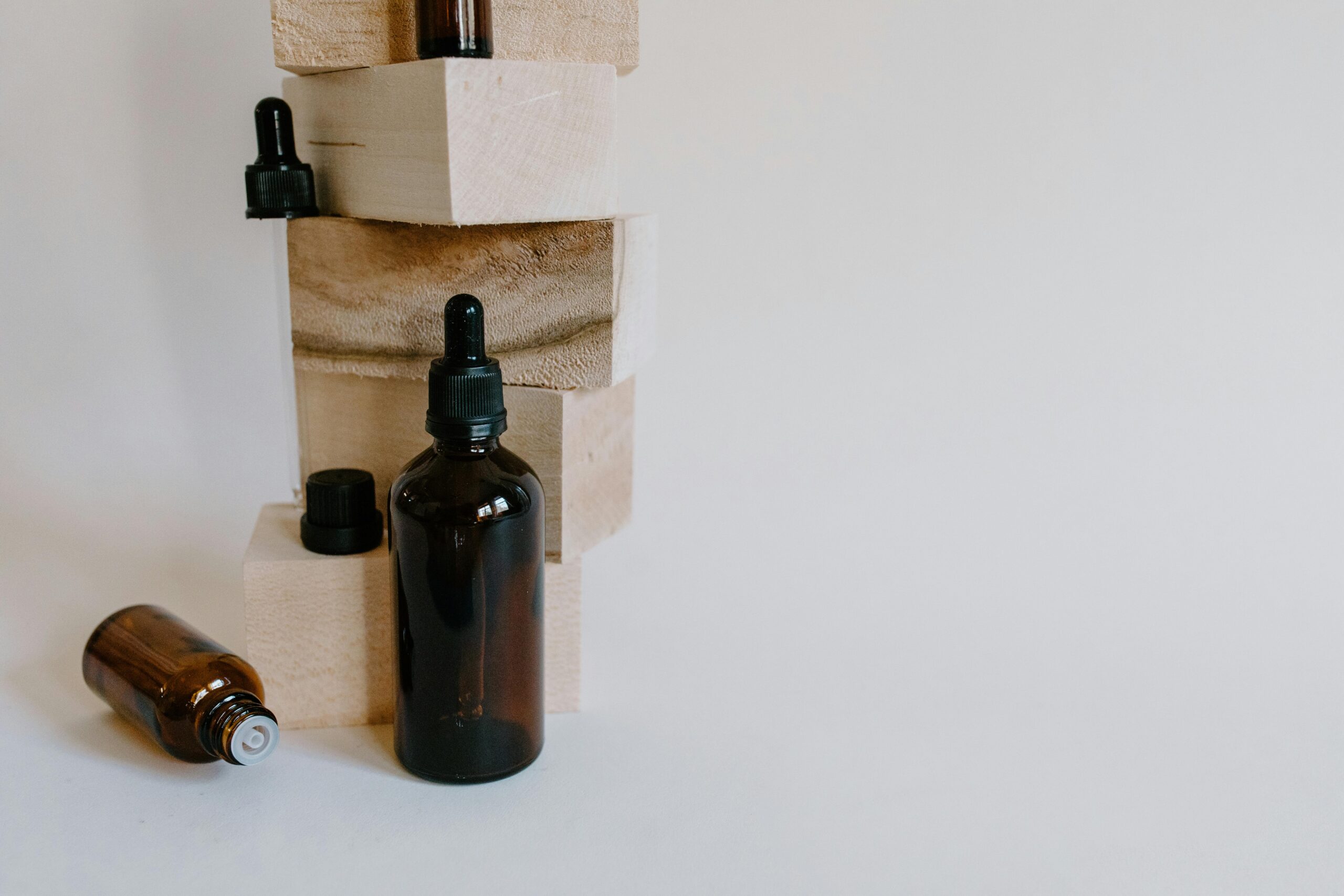
Tea is a drink that has been enjoyed by people for thousands of years. among many culture throughout history. It’s been consumed in many ways, from hot to iced, and there are plenty of variations on the flavor, benefits, and preparation methods. Whether consumed for health purposes or simply to relax and enjoy a “cuppa” (as they say in Britain!), we break down different types of tea below and why you might want to choose them.
1. Green Tea
This type of tea originates from Asia but has become very popular in the West as well. The most common varieties include Sencha (Japanese) and Gyokuro (Japanese). Green tea contains powerful antioxidants called catechins; these have numerous health benefits including helping with weight loss or controlling blood sugar levels. However, green teas tend to contain less caffeine then black teas. If you’re looking for a refreshing and healthy drink then I recommend trying out some green tea! The most common preparation methods include:
1) Hot Water – Pour hot water over the leaves and let them steep for 1-3 minutes before removing the leaves and enjoying your tea. This method is very simple and tastes great, but doesn’t extract much of the catechins. It’s best if you brew this kind of tea with boiling water as it will extract more flavor from the leaves.
2) Steeping Bags – Place the loose leaves inside a bag made for steeping tea such as these. Then place that in another cup or container that you can pour hot water into. Allow the tea to steep for 3-5 minutes and remove the bag before enjoying. This is a great method if you’re in a hurry or want a stronger cup of tea.
3) Matcha – Matcha is a powdered form of green tea that is used in traditional Japanese tea ceremonies. It’s actually made by grinding the whole leaf into a fine powder. To prepare, place 1/2 tsp of Matcha powder into a bowl and add 2oz of hot water (not boiling). Whisk the powder and water together until the liquid becomes frothy. This method allows you to consume all the nutrients in the leaves as you drink it.
2. Black Tea
Black tea is made from the leaves of the Camellia sinensis plant and has been around for centuries. The most common varieties include English Breakfast (blended), Assam, Darjeeling, Earl Grey. Black tea contains more caffeine than green tea, but less than Oolong and Pu’er (both of which I’ll discuss below). Black tea comes in a loose leaf, or steeping bag option.
The most common preparation methods include:
1) Hot Water – Place 1 tsp of leaves per 8oz of water in a pot or teapot and bring to a boil. Remove from heat and let steep for 3-5 minutes, then strain and enjoy.
2) Steeping Bags – Same as above, just place the leaves in the bag instead.
3) Iced Tea – For iced tea, brew black tea using double the amount of leaves as you would for hot tea. Steep for 3-5 minutes and then pour over ice
3. Oolong Tea
Oolong tea is a unique type of tea that falls somewhere between green and black tea in terms of flavor and caffeine levels. The most common varieties come from Taiwan (such as Ti Kuan Yin) and China (such as Wuyi Rock). Oolong tea is known for its numerous health benefits, such as aiding in weight loss and improving mental clarity. Like black tea, oolong tea comes in a loose-leaf or bagged form.
4. Pu’er Tea
This type of tea is made from the leaves of the Camellia sinensis plant, but is only found in Yunnan province, China. Pu’er tea is known for its earthy and chocolatey flavor, as well as its numerous health benefits. Some of these benefits include aiding in weight loss, reducing stress levels, and improving heart health. Pu’er tea typically only comes in a loose-leaf form.
5. White Tea
White tea is made from the leaves of the Camellia sinensis plant and only comes in one variety: Silver Needle. White tea has not been fermented for this reason, it does not contain caffeine. The most common way to consume this tea is by steeping the fresh leaves with hot water for 2-3 minutes before consuming. No preparation methods are needed as white tea doesn’t contain any tannins or oils that need to be extracted.
6. Herbal Teas
Herbal teas are infusions made from various types of herbs, flowers, fruits, etc.. They have a variety of health benefits and can be enjoyed either hot or cold. The most common ingredients in herbal teas are chamomile, lavender, ginger, mint, peppermint, and rose hips.
7. Floral Teas
Floral teas are made by blending different types of flowers into herbal tea mixtures. Some common examples include jasmine, chamomile, lavender, lemongrass, and rose. The flavors of these teas are typically milder than traditional herbal teas. These teas can be enjoyed hot or cold.
8. Fruit Teas
Fruit teas are made from infusing various fruits into tea leaves to create the perfect fusion of fruit and tea flavors. Some common fruit ingredients include apple, mango, strawberry, blueberry, orange blossom, passion fruit, etc. Fruit teas come in both loose-leaf and bag forms. They can be enjoyed hot or cold depending on personal preference. As the name suggests, these teas are a great way to enjoy the flavor of fresh fruit.
9. Rooibos Tea (South African Red Bush Tea)
Rooibos tea is made from the leaves of the Aspalathus linearis plant and is a naturally caffeine-free beverage. This tea has a sweet and nutty flavor and can be enjoyed hot or cold. Rooibos tea is also high in antioxidants, making it a great choice for people looking for a healthy drink alternative.
There are many different types of tea that vary in flavor, health benefits, and preparation methods. The most common ways to enjoy tea include hot water, steeping bags or leaves directly into boiling water for 3-5 minutes before straining out the liquid with a filter, iced tea which involves brewing black tea using double the amount of leaves as you would for hot tea but steeps it for 3-5 minutes then pour over ice or an herbal infusion made from various herbs flowers fruits etc. Find the right tea for you, that can be used as a medicinal remedy or simply to make you feel warm and cozy on a cold winter’s day.

















